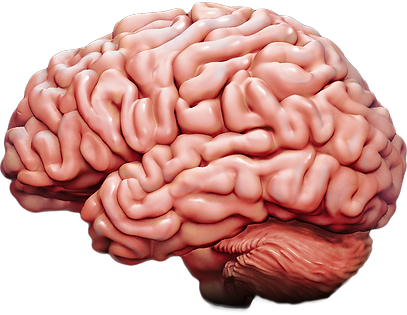
What is stroke?
Stroke, also known as brain attack, occurs suddenly when something blocks the blood supply to part of the brain or when a blood vessel in the brain bursts.
A stroke can cause lasting brain damage, long-term disability, or even death. Ultimately, parts of the brain become damaged or die. It is known that stroke can also lead to vascular dementia. [1]
Dementia is a progressive biological effect that can be caused by several diseases which lead to the destruction of nerve cells in the brain. The symptoms and signs of dementia are diverse and variable among different individuals, depending on which areas of their brain are involved. Although patients with dementia have their consciousness not affected, their cognitive function is impaired. Changes in mood, emotional control, behaviour, or motivation are usually observed.[2]
What is Dementia?
How importance is our brain?
The human brain, as a control centre, plays a vital role in storing our memories and is the source of thoughts, emotions, and language. Also, it involves coordinating and controlling our body and our movements including swallowing and ingestion. [3]

[4]
Relationship between
brain and ingestion
Normal swallowing involves the coordinated and synchronized contraction of muscles in the oropharynx, larynx, and esophagus, which are innervated by the brain and brain stem.
References
[1] About stroke | cdc.gov. (2023, May 4). Centers for Disease Control and Prevention. https://www.cdc.gov/stroke/about.htm
[2]What is dementia? | Dementia Services Development Centre. (2020, May 18). Dementia Services Development Centre. https://dementiainformation.stir.ac.uk/home/what-is-dementia/
[3]Brain anatomy and how the brain works. (2021, July 14). Johns Hopkins Medicine. https://www.hopkinsmedicine.org/health/conditions-and-diseases/anatomy-of-the-brain
[4]Taken from https://www.brainline.org/tbi-basics/interactive-brain
[5] Dodds, W. J., Stewart, E. T., & Logemann, J. A. (1990). Physiology and radiology of the normal oral and pharyngeal phases of swallowing. American Journal of Roentgenology, 154(5), 953-963. doi:10.2214/ajr.154.5.2108569
[6]Costa, M. M. B. (2018). Neural control of swallowing. Arquivos de Gastroenterologia, 55(Suppl 1), 61–75. https://doi.org/10.1590/s0004-2803.201800000-45
[7]Taken from https://www.medicalnewstoday.com/articles/326621
[8]Taken from https://www.news-medical.net/health/Limbic-System-and-Behavior.aspx
[9]Taken from https://www.flintrehab.com/cerebellum-brain-damage/
[10] Sasegbon, A., & Hamdy, S. (2023). The Role of the Cerebellum in Swallowing. Dysphagia, 38(2), 497–509. https://doi.org/10.1007/s00455-021-10271-x




